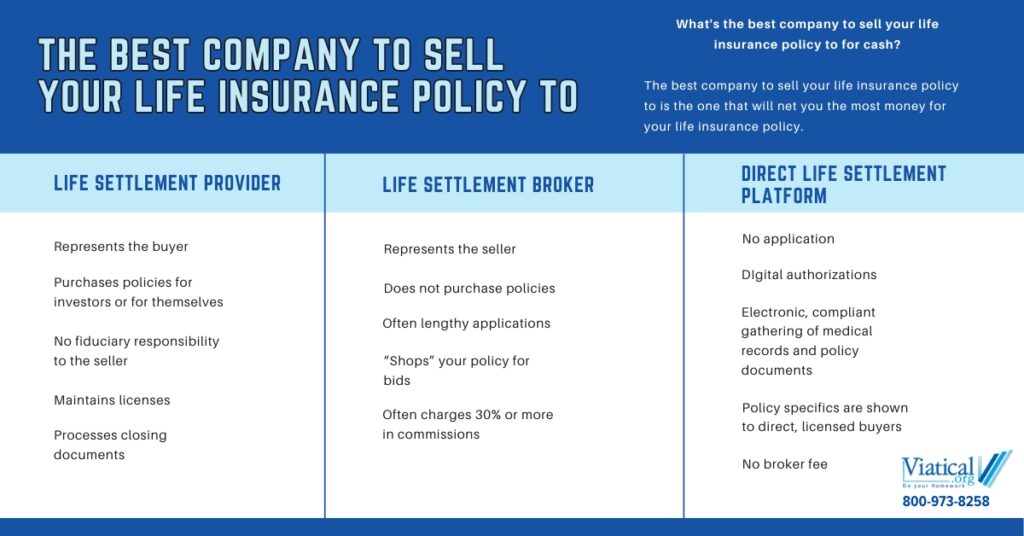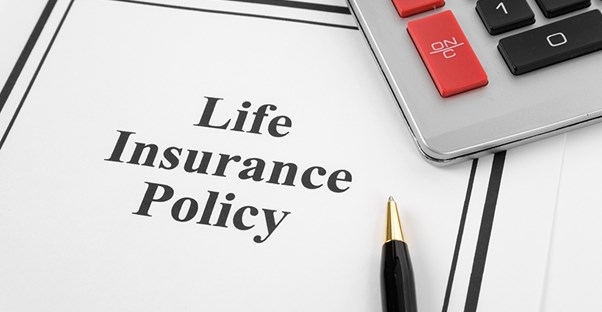The Harrowing Aftermath: Car Accidents and the Urgent Need for Ambulance Services
In the chaotic and harrowing aftermath of a car accident, every moment counts. The injured lie wounded, their lives hanging in the balance. Time is of the essence as paramedics race against the clock to provide life-saving medical care. Ambulance services are more than just vehicles; they are lifelines, the critical link between victims and the help they desperately need.
Far from being mere transportation, ambulances are mobile medical units equipped with state-of-the-art technology and staffed by highly trained paramedics. They bring a comprehensive array of medical interventions to the scene, from stabilizing victims to administering emergency medications. Their presence can mean the difference between life and death, enabling paramedics to perform life-saving procedures before the patient reaches the hospital.
The Vital Role of Ambulance Services
The importance of ambulance services in car accidents cannot be overstated. They fulfill a multifaceted role that goes beyond transporting patients. Here are some of the crucial functions they perform:
- Rapid Response: Ambulances are strategically positioned to respond swiftly to accidents, reaching victims within minutes of being dispatched.
- Emergency Medical Care: Paramedics provide immediate medical treatment, stabilizing patients, controlling bleeding, and administering medications.
- Patient Assessment: Paramedics assess the severity of injuries and prioritize care, ensuring that those with the most critical needs receive urgent attention.
- Extrication: In some cases, paramedics use specialized equipment to carefully extract victims from vehicles, minimizing further injury.
- Transportation: Ambulances safely transport patients to appropriate medical facilities, ensuring they receive the specialized care they require.
Without ambulance services, the consequences of car accidents would be far more dire. The timely and skilled medical care they provide significantly improves the chances of survival and recovery for accident victims.
Ensuring Access to Timely Care
Access to timely ambulance services is paramount. Governments and healthcare providers must collaborate to ensure that sufficient resources are allocated to maintain robust ambulance fleets and adequately train paramedics. Community outreach programs are essential to educate the public about the importance of calling for an ambulance in the event of a car accident.
By investing in ambulance services, we invest in the well-being of our communities. They are the first responders who bring hope and healing in the face of adversity. Their unwavering dedication and expertise are invaluable assets in saving lives and minimizing the trauma associated with car accidents.
Car Accident Ambulance: A Lifeline in Times of Need
Imagine yourself behind the wheel, navigating through bustling traffic when suddenly, a reckless driver barrels into your lane, causing a cataclysmic collision. In that agonizing aftermath, every second counts. Help arrives in the form of a beacon of hope – the car accident ambulance. These specialized vehicles are equipped with the expertise and life-saving equipment to transport injured victims to the hospital swiftly and safely.
Types of Ambulances Used
Ambulances are not one-size-fits-all vehicles. They come in various types, each designed to meet specific medical needs:
Basic Life Support (BLS) Units
These ambulances are the workhorses of the emergency response system. They are typically staffed by emergency medical technicians (EMTs) and equipped with basic medical supplies, such as bandages, oxygen tanks, and defibrillators. BLS units provide initial care at the accident scene and stabilize patients before transporting them to the hospital.
Advanced Life Support (ALS) Vehicles
For patients with more critical injuries, advanced life support ambulances are dispatched. These vehicles are equipped with state-of-the-art medical equipment, including monitors, ventilators, and medications. They are typically staffed by paramedics, who are trained to perform advanced medical procedures, such as administering IV fluids and administering medications.
Air Ambulances
In remote areas or when time is of the essence, air ambulances take flight. These aircraft are equipped to provide advanced medical care during transport, allowing patients to receive urgent care while en route to the hospital.
Specialty Ambulances
For specialized medical needs, such as burn victims or psychiatric patients, dedicated specialty ambulances are available. These vehicles are tailored to provide the necessary equipment and expertise for specific medical conditions.
When to Call a Car Accident Ambulance
The decision to call a car accident ambulance can be a life-or-death one. Generally speaking, it’s advisable to summon an ambulance if:
- Anyone is injured, even if the injuries appear minor.
- The victim is unconscious or has difficulty breathing.
- There is significant damage to the vehicle or the accident involves a rollover.
- The victim is in shock or appears confused.
- There are any signs of serious injuries, such as open wounds, head injuries, or broken bones.
Conclusion
Car accident ambulances are a vital part of the emergency response system, providing life-saving care to injured victims. By understanding the different types of ambulances and when to call one, you can help ensure that you or your loved ones receive the timely medical attention they need in the aftermath of a vehicular accident. Remember, in the face of an emergency, every second counts.
Car Accident Ambulance: Emergency Response to Roadside Trauma
When disaster strikes on the road, car accident ambulances arrive on the scene as lifelines of hope. These vehicles are equipped with trained medical professionals who provide vital care to the injured and transport them to hospitals.
How Ambulance Crews Respond
Responsibilities of Ambulance Crews
Ambulance crews consist of trained paramedics and emergency medical technicians (EMTs) with a remarkable range of responsibilities. First and foremost, they assess the victims’ injuries, swiftly gauging their severity. Their expert hands initiate immediate medical care, stabilizing patients before transporting them to the hospital.
The level of care provided by ambulance crews often sets the tone for the patient’s recovery. Their ability to stabilize victims before reaching the hospital can significantly improve treatment outcomes.
Beyond medical care, ambulance crews also assume the role of first responders, arriving at accident scenes to provide initial assistance. They secure the area, ensure the safety of victims and bystanders, and coordinate with other emergency services.
Steps in Providing Care
The care provided by ambulance crews follows a standardized protocol. Upon arrival, they assess the scene and conduct a rapid triage to determine the most critical patients.
Next, they provide immediate medical care, including wound stabilization, pain management, and administering medications. They also communicate with the hospital to update the medical team on the patient’s condition.
Transportation to the Hospital
Once stabilized, patients are carefully loaded into the ambulance for transport to the hospital. Ambulance crews ensure a seamless transition, providing in-transit medical care to maintain the patient’s stability.
At the hospital, they coordinate with the emergency room staff to ensure the patient receives the necessary treatment promptly. Their role does not end until the patient is transferred into the hospital’s care.
Conclusion
Car accident ambulances embody a beacon of hope for victims of roadside trauma. Their swift arrival, skilled medical care, and efficient transportation play a pivotal role in the patient’s recovery. Ambulance crews are the unsung heroes who save lives and restore hope in the midst of chaos. As such, we must recognize their unwavering dedication and celebrate the vital role they play in our society.
Car Accident Ambulance: A Lifeline in an Emergency
In the chaotic aftermath of a car accident, every second counts. The timely arrival of an ambulance can make all the difference between life and death, or between a serious injury and a minor one.
Benefits of Quick Ambulance Response
When an ambulance arrives quickly, it can provide immediate medical attention, which can stabilize the patient and prevent further injury. This can significantly improve the chances of survival and reduce the severity of injuries.
Reduced Pain and Suffering
A quick ambulance response can also reduce pain and suffering. Injuries can be excruciatingly painful, and waiting for medical help can be an agonizing experience. An ambulance can quickly transport the patient to the hospital, where they can receive pain medication and other necessary treatment.
Increased Chances of Recovery
A prompt ambulance response can increase the chances of a full recovery. Injuries that are treated quickly are less likely to develop complications, and patients are more likely to regain their full range of motion and functionality.
Prevention of Secondary Injuries
Waiting for an ambulance can put the patient at risk of developing secondary injuries, such as infection or sepsis. These injuries can be life-threatening, and they can also complicate the patient’s recovery. A quick ambulance response can help to prevent these injuries by getting the patient to the hospital as quickly as possible, where they can receive the necessary treatment.
Conclusion
A quick ambulance response is essential for the best possible outcome after a car accident. It can save lives, reduce pain and suffering, increase the chances of recovery, and prevent secondary injuries. If you are involved in a car accident, always call for an ambulance immediately, even if you do not think you are seriously injured.
Car Accident Ambulance: How to Call for Medical Assistance
Car accidents can be harrowing experiences, and the aftermath can be even more stressful. One of the most important things you can do after a car accident is to call for an ambulance, even if you don’t think you’re seriously injured. Here are the steps on how to call for an ambulance after a car accident.
How to Call for an Ambulance after a Car Accident
Immediately call emergency services by dialing 911 or 112. If you’re unable to call yourself, ask someone nearby to do it for you.
Provide Your Location and Situation
When you call, be clear about your location and what happened. If you can, give the dispatcher as much information as possible, including the number of people involved, the severity of the injuries, and any potential hazards at the scene.
Stay Calm and Give Instructions
It’s understandable to feel shaken up after a car accident, but try to stay as calm as possible. The dispatcher will give you instructions on what to do next. Follow their instructions carefully and answer any questions they may have.
Wait for the Ambulance
Once you’ve called for an ambulance, stay with the injured person and try to keep them comfortable. If you can, move them to a safe location away from traffic. The ambulance should arrive within a matter of minutes, but it’s important to stay calm and wait.
Additional Tips for Calling for an Ambulance after a Car Accident
If you’re ever in a situation where you need to call for an ambulance after a car accident, remember these additional tips:
- Stay safe. If you’re able to move, do so to a safe location away from traffic.
- Call immediately. Don’t wait to see if your injuries are serious. Call for an ambulance as soon as possible.
- Be clear and concise. When you call, give the dispatcher as much information as possible, including your location, what happened, and the number of people involved.
- Stay calm. It’s understandable to feel shaken up, but try to stay as calm as possible. The dispatcher will give you instructions on what to do next.
- Wait for the ambulance. Once you’ve called for an ambulance, stay with the injured person and try to keep them comfortable. The ambulance should arrive within a matter of minutes.
Calling for an ambulance after a car accident can be a stressful experience, but it’s important to remember that help is on the way. By following these steps, you can ensure that you’ll get the medical attention you need as quickly as possible.
Car Accident Ambulance: When You Need It Most
A car accident is a terrifying experience. It’s like your whole world has been turned upside down in an instant. If you’re lucky enough to walk away from the wreck, you may be wondering what to do next. One of the most important things you can do is seek medical attention immediately, even if you don’t feel injured. That’s where a car accident ambulance comes in.
An ambulance is a specially equipped vehicle that is used to transport injured people to the hospital. It’s staffed by trained paramedics who can provide immediate medical care. If you’re involved in a car accident, an ambulance can help you get the treatment you need to recover from your injuries as quickly as possible.
Dealing with the Aftermath of a Car Accident
The aftermath of a car accident can be overwhelming. There’s the pain, the property damage, and the insurance companies to deal with. It’s enough to make anyone’s head spin. But one of the most important things you can do is take care of yourself. That means getting plenty of rest, eating healthy foods, and avoiding alcohol and drugs. It also means seeking professional help if you’re struggling to cope with the emotional trauma of the accident.
Tips for Interacting with Ambulance Crews
If you’re involved in a car accident, you’re likely to come into contact with ambulance crews. Here are a few tips for interacting with them.
- Be calm and cooperative. The paramedics are there to help you, so it’s important to be calm and cooperative. They’ll need to ask you questions about your injuries, so be sure to answer them clearly and concisely.
- Provide clear and accurate information. When the paramedics ask you questions about your injuries, be sure to provide clear and accurate information. Don’t exaggerate your symptoms or downplay them. The paramedics need to know the truth about your condition so they can provide the best possible care.
- Follow their instructions. The paramedics will give you instructions on what to do. Be sure to follow their instructions carefully. They’re trained professionals who know what’s best for you.
- Don’t be afraid to ask questions. If you have any questions about your injuries or the treatment you’re receiving, don’t be afraid to ask. The paramedics are there to help you, so they’ll be happy to answer your questions.
- Thank them for their help. When the paramedics have finished treating you, be sure to thank them for their help. They’re doing a difficult job, and they deserve to be appreciated.
Getting the Help You Need
If you’ve been involved in a car accident, don’t hesitate to call an ambulance. The paramedics are trained professionals who can provide you with the medical care you need to recover from your injuries as quickly as possible.




Leave a Reply